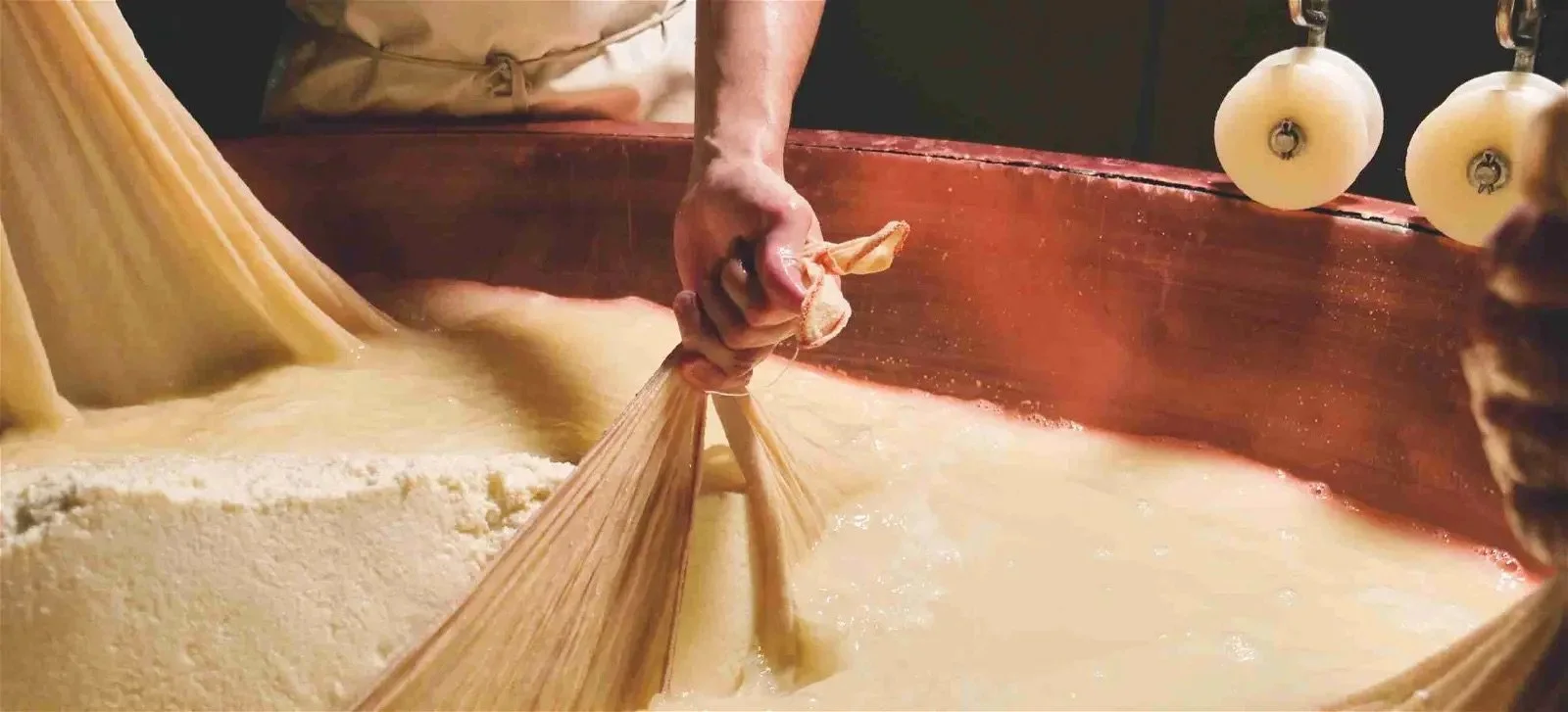How Is Cheese Made?
Cheese is a delicious and versatile food, enjoyed on its own or as a part of many other dishes. The process of making cheese has remained relatively unchanged over time. Still, there are some variations in the types of cheese made today depending on their country of origin or region.
Here is a breakdown of the process of producing cheese:
To make cheese, you first need to start with the milk.
The most common type of milk used to make cheese is cow's milk. Cow's milk is a mix of water, protein, fat and sugar. It is also an excellent source of energy, vitamins A, B, and D, and minerals like potassium and phosphorus.
It can be pasteurized (the process of heating and killing bacteria in the milk) or unpasteurized, depending on how the cheese maker wants their final product to taste. For example, a New York-based farm, Hawthorne Valley Farm, makes all its hard cheeses with raw milk.
The process of making cheese
Making cheese can take years to perfect, but this is an easy breakdown of each step. Let's take a look at how the milk is prepared and what happens next:
The first step in making cheese is coagulation — this means adding an enzyme called rennet into your coagulated mass so that curds form.
Then comes separation; using gravity, we separate the curd from whey (the liquid) by straining away everything but pure curds!
Once all this has happened, we're ready for pressing: this involves forming the curds into a shape, usually a block.
Then off go these blocks into molds where they cool down overnight.
Depending on the type of cheese, we can enjoy the product the next day, or we may need to wait for the cheese to ripen for months or longer.
Smear-ripened cheeses
You know that smelly cheese you have in the fridge? It won't be so smelly if you take it out and let it breathe.
Smear-ripened cheeses are a type of blue cheese that uses bacteria, rather than mold, to create their distinctive flavors. The most famous smear-ripened cheese is Limburger — named after its place of origin in Germany. But there are also dozens of other types, including Brie and Roquefort from France.
Smear-ripened cheeses are ripened by smearing the cheese with bacteria and allowing it to age in cool environments. The bacteria give these cheeses their characteristic smell, ranging from mild to pungent, depending on which kind you're eating!
From cow to curd
There are many different types of cheese around the world, but they all share the same basic process. From coagulation to pressing and aging, cheesemaking is a revered tradition passed down through generations.
If you want to try new cheese varieties, support New York dairy farmers and shop local! McGrath Cheese Company is one example of an excellent group of cheese artisans that works with small, local dairies.





